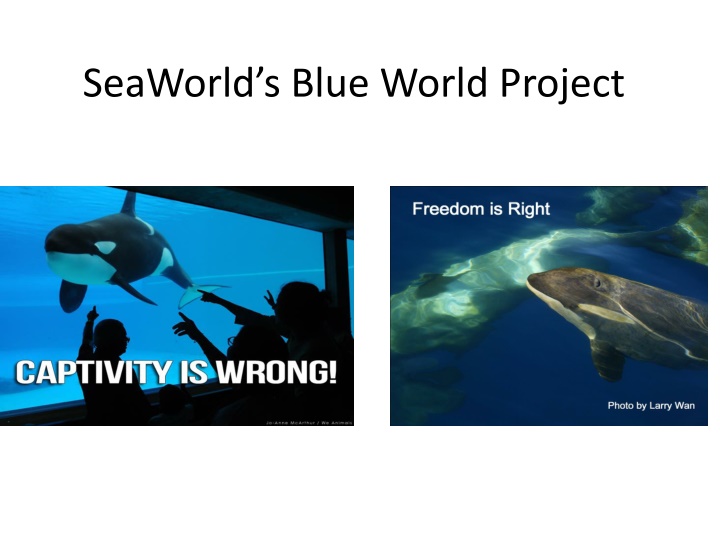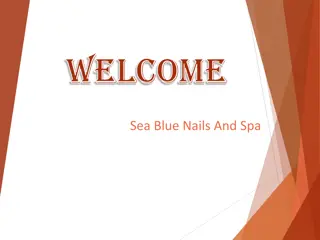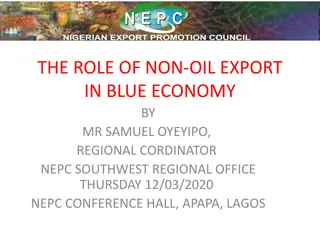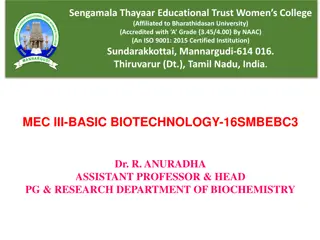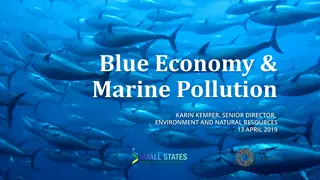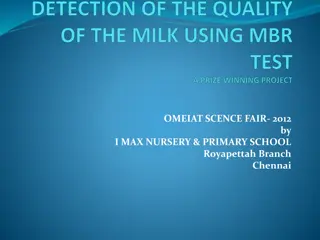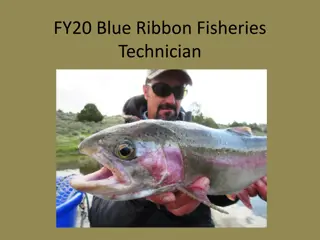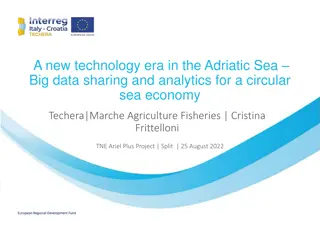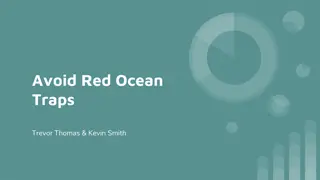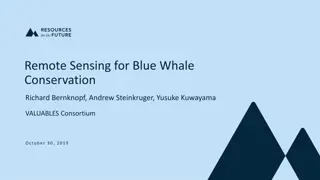SeaWorld’s Blue World Project
The Blue World Project at SeaWorld San Diego is under scrutiny for compliance with Coastal Act regulations, particularly Section 30230. This article discusses the interpretive nature of the law and implications for captive marine mammals, specifically orcas. The strength of the Coastal Act lies in its broad language that can be applied liberally to protect marine resources. Conditions related to captive breeding and display of orcas are highlighted, emphasizing the need for stringent guidelines.
Download Presentation

Please find below an Image/Link to download the presentation.
The content on the website is provided AS IS for your information and personal use only. It may not be sold, licensed, or shared on other websites without obtaining consent from the author.If you encounter any issues during the download, it is possible that the publisher has removed the file from their server.
You are allowed to download the files provided on this website for personal or commercial use, subject to the condition that they are used lawfully. All files are the property of their respective owners.
The content on the website is provided AS IS for your information and personal use only. It may not be sold, licensed, or shared on other websites without obtaining consent from the author.
E N D
Presentation Transcript
The Commission Has and Can apply 30230 to Captive Marine Mammals Staff report page 20: "The question of whether the orcas currently in SeaWorld San Diego are subject to Section 30230 is an interpretive question. The Coastal Act, Section 30009 states that: This division shall be liberally construed to accomplish its purposes and objectives You have applied it previously for the ONLY time the Commission had a reason for concern: CDP 6-01-129 where, according to staff: Section 30230 of the Coastal Act, cited in the previous finding, protects marine resources and is the most applicable Coastal Act policy with regard to marine mammals that are held in captivity at SeaWorld
The Strength of the Coastal Act is that it is Very Broad Section 30090 of the Coastal Act states : This division shall be liberally construed to accomplish its purposes and objectives The Commission has done so in many instances and has won in court. These orcas deserve your protection.
CONDITION ONE IS MEANINGLESS It gives SeaWorld permission to do whatever it pleases There are no accredited reproductive guidelines for orcas The Pledge can easily be circumvented Use the new tank for breeding purposes denying additional room to the existing orcas
NEW CONDITION ONE SeaWorld is only permitted to hold or display the currently existing whales in its San Diego park: Corky, Kasatka, Ulises, Orkid, Keet, Shouka, Nakai, Ikaika, Kalia, Makani, and Amaya. and SeaWorld is prohibited from the captive breeding of orcas, either through mating or artificial insemination, including the collection of gametes. The Project may be used to temporarily hold beached or rescued whales at the request of one or more governmental agencies for return to the wild. IF THIS CONDITION IS NOT SUBSTITUTED IN ITS ENTIRETY PLEASE DENY THE PROJECT
